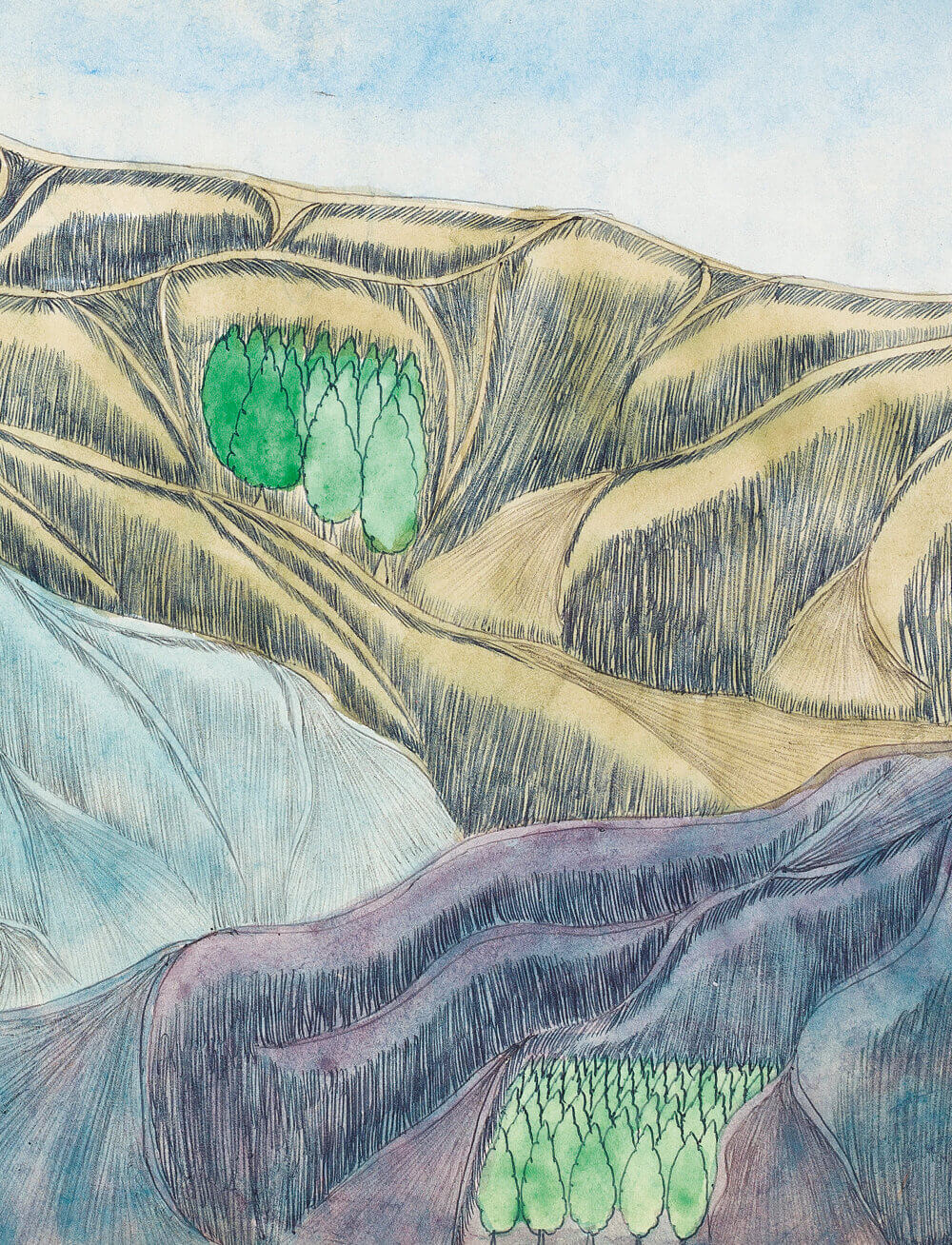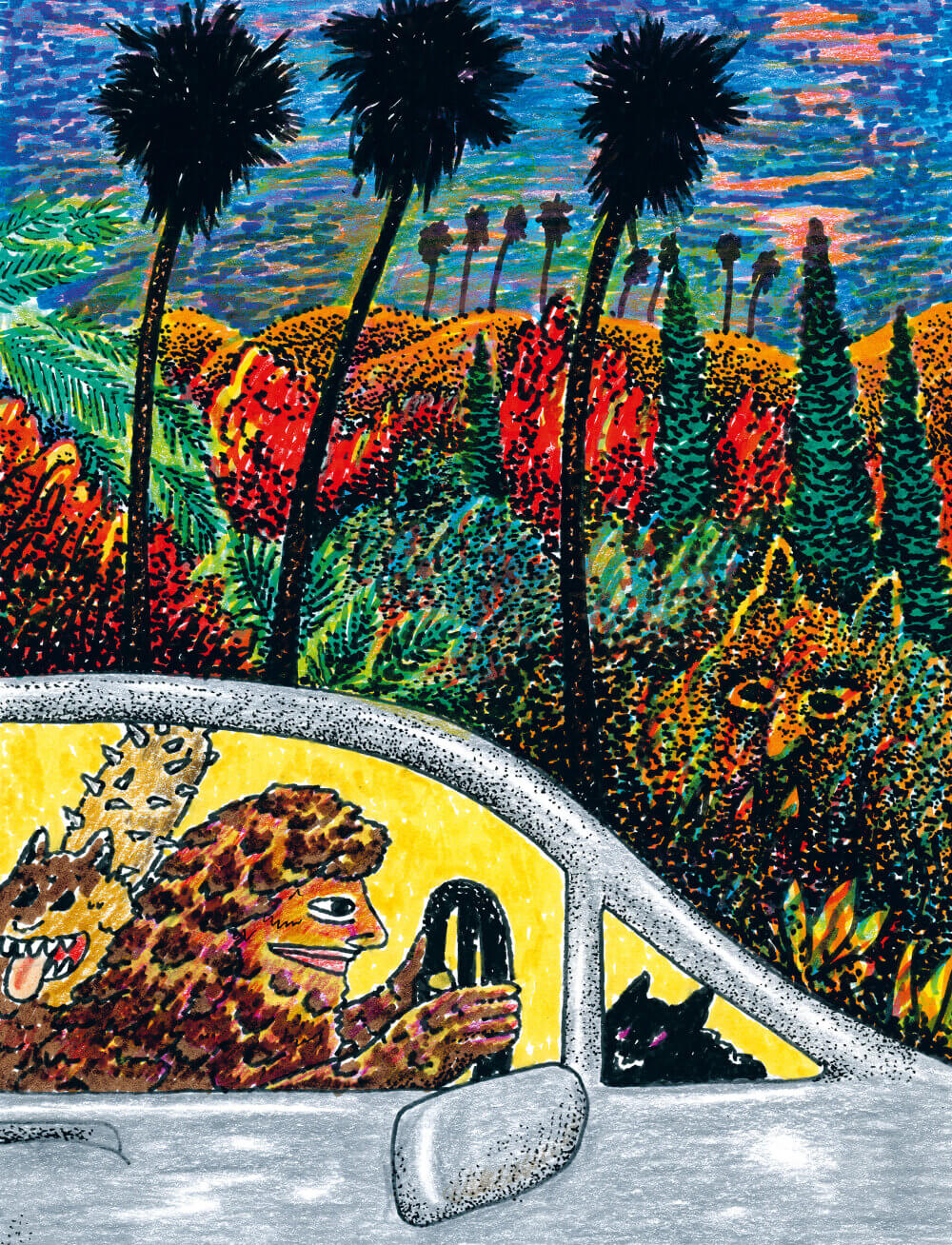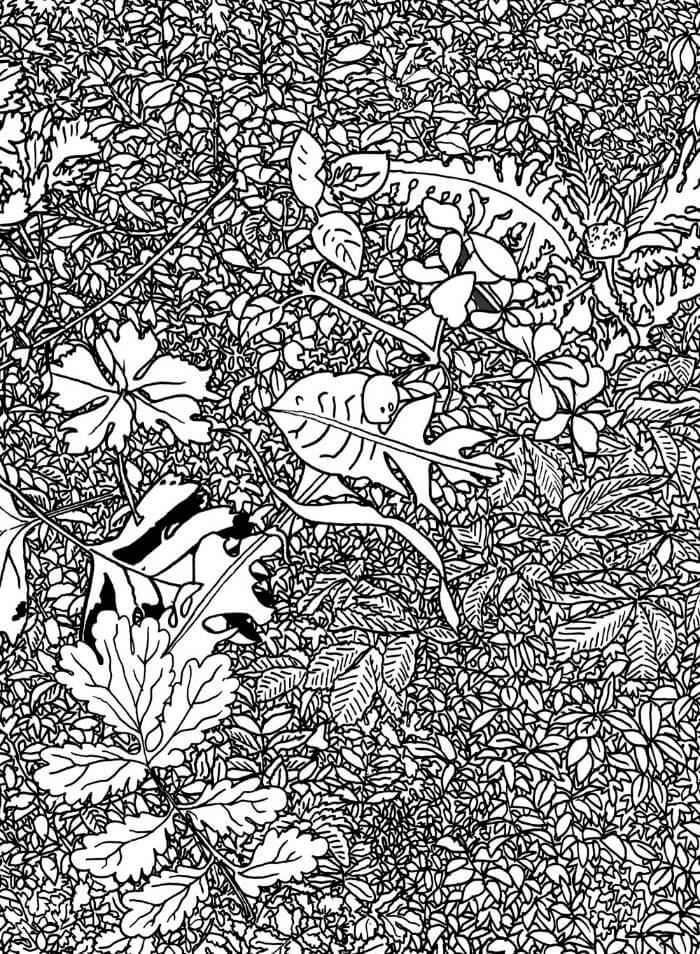
Going to Love You
This new body of work consists of paintings featuring heart-headed figures in various emotional states and situations that sometimes teeter between the ordinary and extraordinary. From tender amorous moments to unexpected skate scenes, the work is full of the next iteration of emotive "schmoo" characters.
Mark Gonzales ("The Gonz") is an American artist and professional skateboarder best known for his profound contribution to the development of street skateboarding from the mid-1980s onward. Gonzales' creative outlook is evident in his ability to perform inventive new tricks using the existing framework of urban architecture like handrails, stairs, and ledges. His artwork grew out of the same environment as his skateboarding and includes illustrating zines, which often have surreal and humorous characters, as well as producing and collaborating on projects with Harmony Korine and Spike Jonze. Born on June 1, 1968 in South Gate, CA, he began skateboarding by the age of 13 and formed the company Blind Skateboards in 1989. While pursuing his sporting career, the artist began drawing in his free time and created graphics for Krooked Skateboards. Since then, he has collaborated with the clothing brand Supreme and Adidas to name just a few. He lives and works in New York.
Language: English







